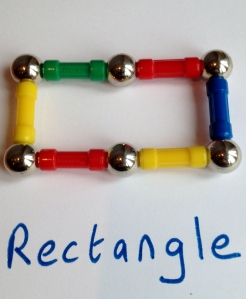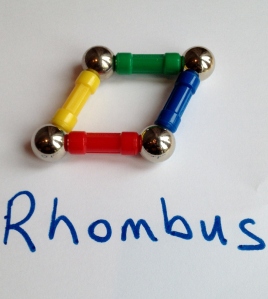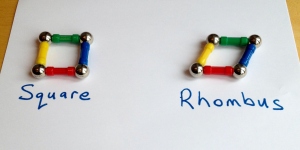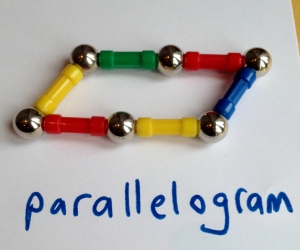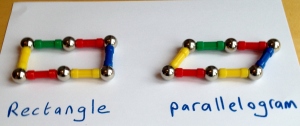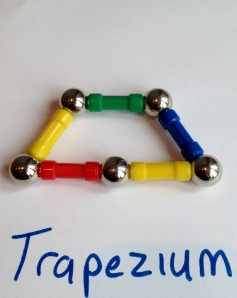For most children, summer is a time to leave classes and homework behind. While summer is a holiday from school, it does not have to be a holiday from learning. The summer holiday is great for recharging your children’s batteries, because if they are not using the skills and knowledge that was learned in the classroom, they will find themselves lagging behind when school starts up again.Children can lose on average two month’s worth of knowledge over the summer if their brains are not actively engaged in educational activities.
Kip McGrath Luton can offer you the perfect solution to this problem. Our summer school runs Monday to Friday throughout August. Your child can attend one or more 2 hour teaching session per week and complete a small amount of homework. After an initial assessment we can pin-point any areas of weakness that need to be targeted and put together a programme of work designed to focus on these areas and prepare them for the coming school year. This small amount of effort can make a huge difference and mean that your child is ready to learn in the new school year instead of having to spend the first month relearning skills and wasting valuable time.
Who Comes To Kip McGrath Summer School?
✓ Children sitting the 11 plus exam
✓ Children who need to catchup in Maths and English
✓ Children who have learning difficulties such as Dyslexia, Dyspraxia and Autism
✓ Children who lack confidence in their abilities
✓ Children who are not working at the level they are capable of
Monday 3rd August to Friday 28th August
10.00 am to 12.00
If your wish you child to attend our summer school please feel free to call us on 01582 402225 to arrange the initial assessment and discuss in detail your child’s individual needs. Or fill in this contact form and we can arrange a convenient time to call you back.
Courses
English
All our English courses are taught by qualified English specialist teachers and focus on 2 main areas.
-
Creative Writing Creative writing is something many students find challenging! This module breaks down the elements needed to become more confident in relation to creative writing. Students are encouraged to plan, think about their audience and the tone and style of their writing in order to produce a piece with quality and depth. Special attention is given to detail and description, and the student is shown how to apply their knowledge to all types of writing.
-
Reading and SPaG (Spelling, punctuation and Grammar) This module helps children to understand the difference between nouns, verbs, adjectives and adverbs, and the finer points of using an apostrophe and speech marks. A whole range of grammatical activities will enable your child to understand how the English language works. It will also focus on the student’s understanding of a range of texts at an appropriate level, and also to extend their vocabulary. They will be shown how to find the right answers by skimming and scanning, and also how to work out an answer if it is only implied in the text.
Maths
At Kip McGrath our aim is to put the fun back in the subject and build confidence in both mental maths and problem solving through clear and simple explanations. The student drives the pace of the lesson so if more revision time is needed there is no pressure to ‘move on’ to the next topic. Maths skills are consolidated by applying knowledge to problem solving questions. We help develop these skills by teaching the student to read the question and extract the maths needed to answer the question effectively.
11 Plus
One of the changes in the 11+ is the timing of exams. These now take place in September rather than October as in the past. To help with maintaining learning and keep brain cells “fresh” during the summer holidays, we will be holding 11+ Intensive Courses. We recommend that your child attends at least 3 days a week during the summer school.
The course will widen the knowledge base of students so that they are equipped to answer the broad and challenging English, Maths and non-verbal questions. They will be taught examination strategies and how to think positively when faced with a question they find daunting. Students will write a mock exam extracted from the new specification.
Price List
Number of Days per Week |
Price per day |
Total |
1 |
£30 |
£120 |
2 |
£29 |
£232 |
3 |
£28 |
£336 |
4 |
£27 |
£432 |
5 |
£26 |
£520 |


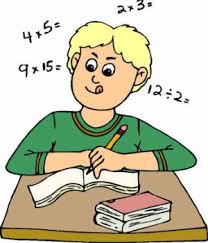


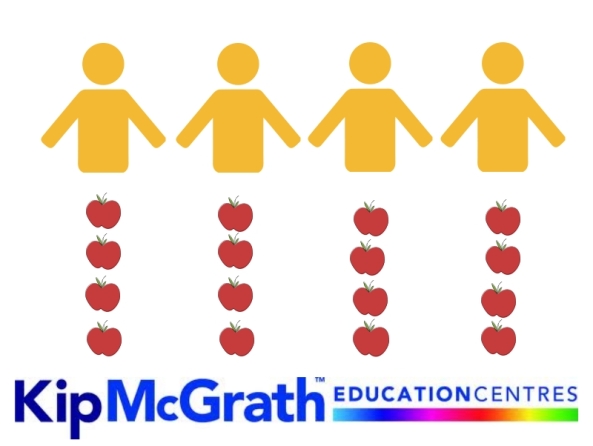
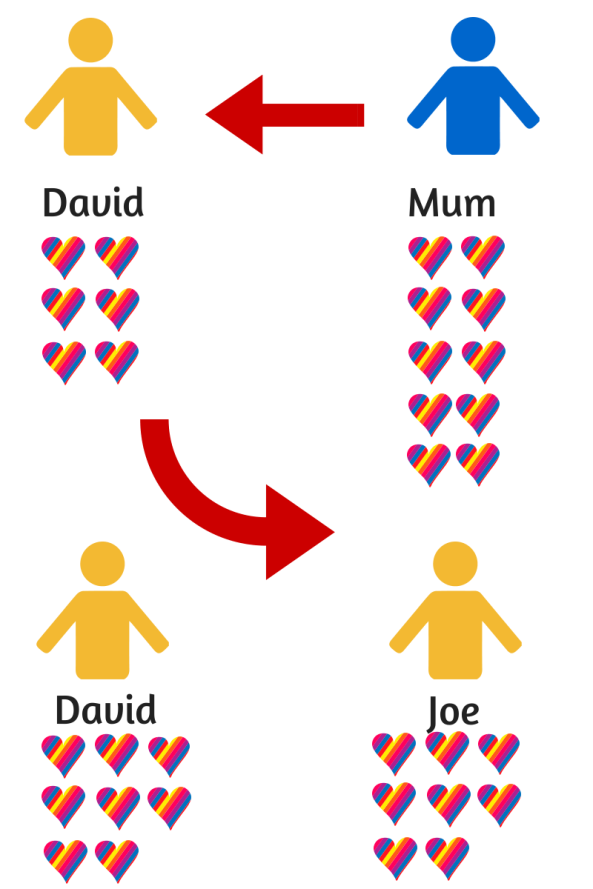
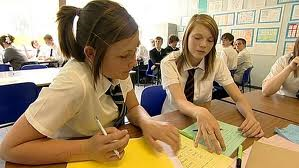
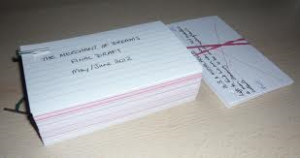
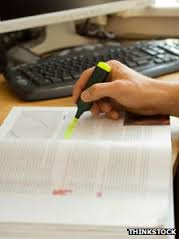
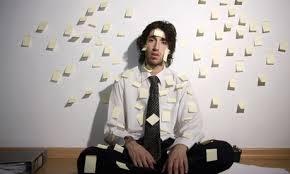
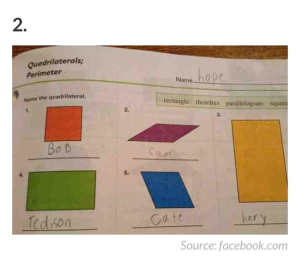
 Rectangle
Rectangle